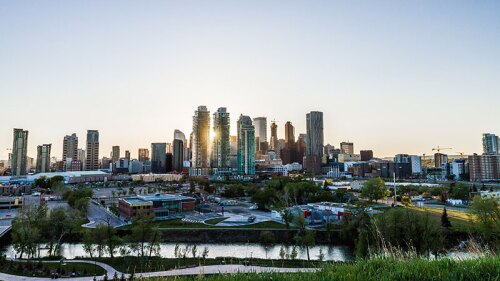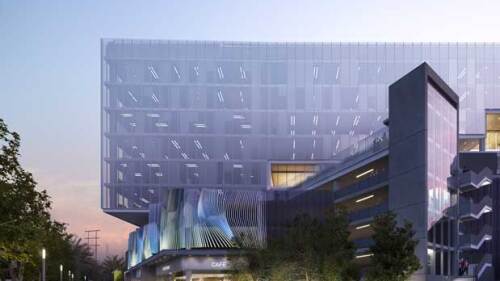Best Practices
Learn from Urban Land’s Best Practices with expert case studies, award-winning projects, and proven real estate strategies
A recent ULI webinar—with member speakers from ULI Toronto, ULI British Columbia, and ULI Alberta—addressed what leading real estate companies are doing to decarbonize their operations and development in anticipation of regulatory requirements.
Two Heitman executives explained how their firm applies climate risk analysis—at both the asset level and the community level—when evaluating investments. They spoke on a Virtual Fall Meeting panel announcing a new research report, Climate Risk and Real Estate: Emerging Practices for Market Assessment, recently issued by ULI and Heitman.
Christina Contreras, the ULI/Martin Bucksbaum Senior Visiting Fellow, discusses how she and ULI staff are researching how privately owned and managed “third places” can better contribute to individual and community health and well-being.
A member co-chair of the ULI Washington Diversity and Inclusion Working Group writes about the recent events in D.C. and beyond.
ULI has received the 2020 Excellence in Energy Star Promotion Award for its efforts in promoting energy-efficient and sustainable buildings, and its thought leadership on energy conservation throughout the real estate sector.
The global impact on human health and economic stability resulting from the COVID-19 outbreak is likely to quickly and dramatically elevate health and wellness as key factors influencing urban design and development as well as building management and operations, according to industry experts convened by ULI for a webinar on the impacts of the pandemic. The event was the first of a series of webinars being offered to explore how various aspects of the real estate industry are being affected by the virus and the industry’s response.
Communities around the world are racing to control the spread of the novel coronavirus and the disease that it causes, COVID-19. Increasingly, that means implementing aggressive social distancing measures, which can inhibit the spread of the virus and flatten the transmission curve. Given what is known about the virus so far, using building strategies to help slow the spread of the disease makes sense to help protect those who must work in an office or commercial setting and in multifamily settings.
A central goal for developers as they assess changing priorities for tenants is being prepared for future disruptions, panelists said at a ULI Washington event titled “Designing for a New Decade.” This can mean anything from thinking about how climate change affects projects to how technology can alter the industry landscape.
Nearly every speaker at the ULI Europe 2020 Conference in Amsterdam had something to say about one issue: climate change. The property industry is directly at risk from increasingly frequent extreme weather events, and stricter regulations are shaping the development and maintenance of properties.
Hotels and office buildings are taking on many of each other’s characteristics in terms of design and use. This confluence has several drivers, among them the evolution of technology, shifts in guest and tenant expectations, and the increasing mobility of the American workforce.






